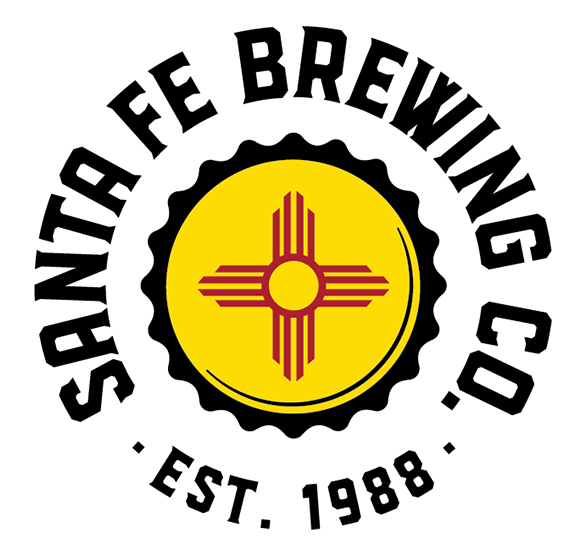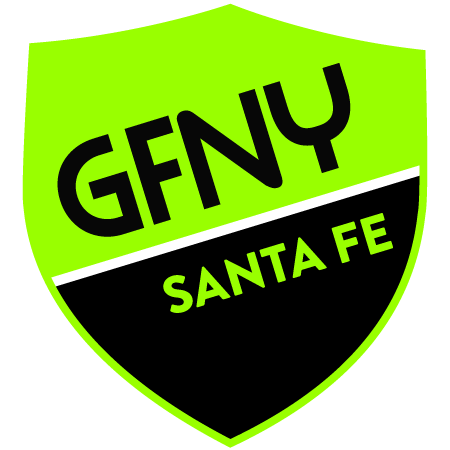Course
The roads of GFNY Santa Fe will take riders through the spectacular and diverse terrain of the southwest. Both routes start in downtown Santa Fe.
LONG COURSE IS A COMPETITION: Only the finishers of the long course are eligible for category rankings and Overall and Podium awards. If you want to race and be ranked in your category, you must complete the long course. Top 10% of finishers in each age group earn a spot in the Qualifier Corral at every GFNY World event.
Riders of the 60 mile Medium course, with 3,500 feet of climbing, will tackle a slightly shorter loop than the long course through the plains and rolling hills of the high desert. This course is perfect for the “rouleur” and finishes neatly back where it started in downtown Santa Fe.
MEDIUM COURSE IS NOT A COMPETITION: The riders of the medium course will be provided their start-to-finish time, but will not be ranked by finish time. All finish times will be listed in alphabetical order.
Ski Santa Fe
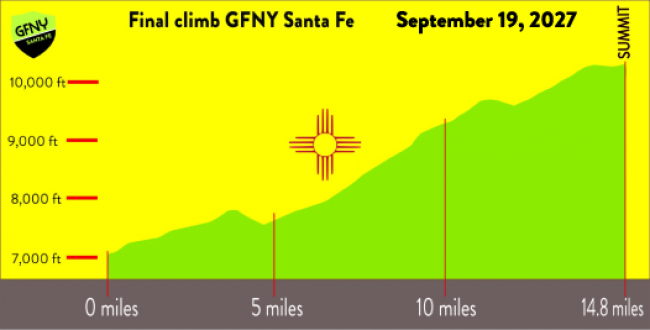
14.8 miles
3670 ft
4.7% avg
12% max
Starting from a base elevation of 7,000 feet and ascending 14.8 miles to a peak elevation of 10,300 feet, this is the longest climb of any GFNY World event. Give this challenge its due respect by pacing yourself, it’s more important to finish strong than it is to start strong. There will be an aid station into the climb, that will be your last chance to refuel before the finish line.
Enjoy the transition into the high mountain forest as you climb far above the desert of the Rio Grande valley. Make sure to take in the huge views and not just stare at the road in front of you!
Many riders are afraid to tackle the big climbs. They avoid certain rides and races, and miss out on what are often the most beautiful and interesting roads, and can bring huge levels of satisfaction (not to mention fun descents!). Not everyone is built like a mountain goat, but EVERY cyclist can and should ride some big hills. Here are some tips to help you improve your climbing, regardless of your condition:
- Get some low gears, and know how to use them! The optimum cadence for cycling for the majority of riders is 70-95 rpm, but many riders ride at a far slower cadence up the climbs. This is sometimes because their bikes don’t have adequate low gears, but often it is simply because a rider doesn’t want to be caught using his easiest gear on a climb that isn’t “that” steep. Professional riders have learned that pushing too big of a gear just makes them ride slower, having very low gears (as low as a 1/1 ratio) will allow you to control your effort on the climb instead of the climb controlling your effort. You will get up to the top of the hill faster than if you push too big of a gear and blow up partway up the climb.
- Pace yourself! Once you have those gears and know how to use them, the next crucial step is learning how to pace yourself. Think of the climb in terms of minutes (for the really big climbs, hours), and know what pace you can maintain for that length of time. If you have a power meter and you know your functional threshold power is 200 watts, start the climb at or a little below 200 watts for the first 5 minutes, which will give your aerobic system the time to catch up and prevent you from starting too hard. You will likely be able to keep your average power of 200 watts for the length of the climb, instead of doing the first 5 minutes at 250 watts and then having your body shut down and riding the next 25 minutes at 150 watts. If you don’t have a power meter, just keep the length of time in your head, think of a imaginary finish line 30 minutes away, and pick a pace that you are confident you can maintain all the way there.
- Use other riders to your advantage! If climbing isn’t your strong suit (and even if it is), go to the front of the group just before the start of the climb, and then start right off at YOUR pace. Gradually drift back through the group but don’t ride above your limit. With any luck, there will be another rider in the group with a similar ability to you, so use his/her draft. Drafting even a single rider on a 5% grade will reduce the power needed to maintain the pace by 5%, which is the same benefit as a 170 pounds of bike/rider losing 11 pounds.
Perks included as part of GFNY Santa Fe
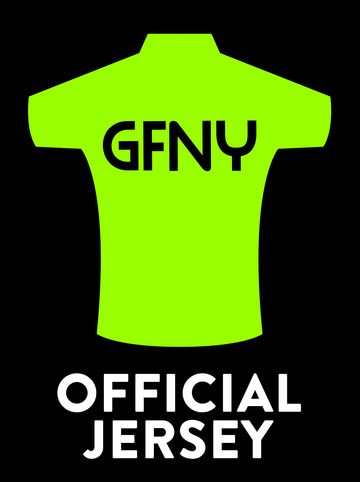
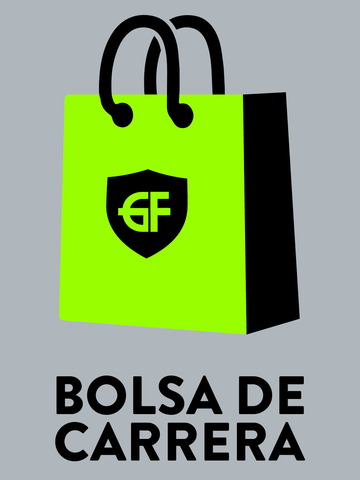




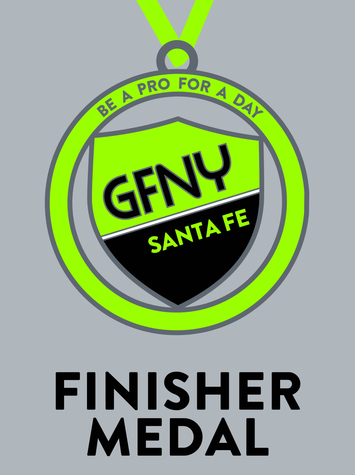

THE JERSEY: All riders receive the official GFNY Santa Fe race jersey, which is mandatory attire at the race. The jersey is designed in NYC and Made in Italy.
CHIP TIMING: GFNY Santa Fe is a timed race. Each athlete has their own timing chip, which starts right after you cross the start line and stops when you cross the finish line. Timing results will be available at gfny.cc/results.
FINISHER MEDAL: Every GFNY Santa Fe finisher receives a medal, no matter which distance they complete. All finishers also earn a “Finish” towards their 3x2022 GFNY medal or the 10x medal. Go to gfny.com/medals for more information on GFNY’s multi-finisher medals.
Sponsors



